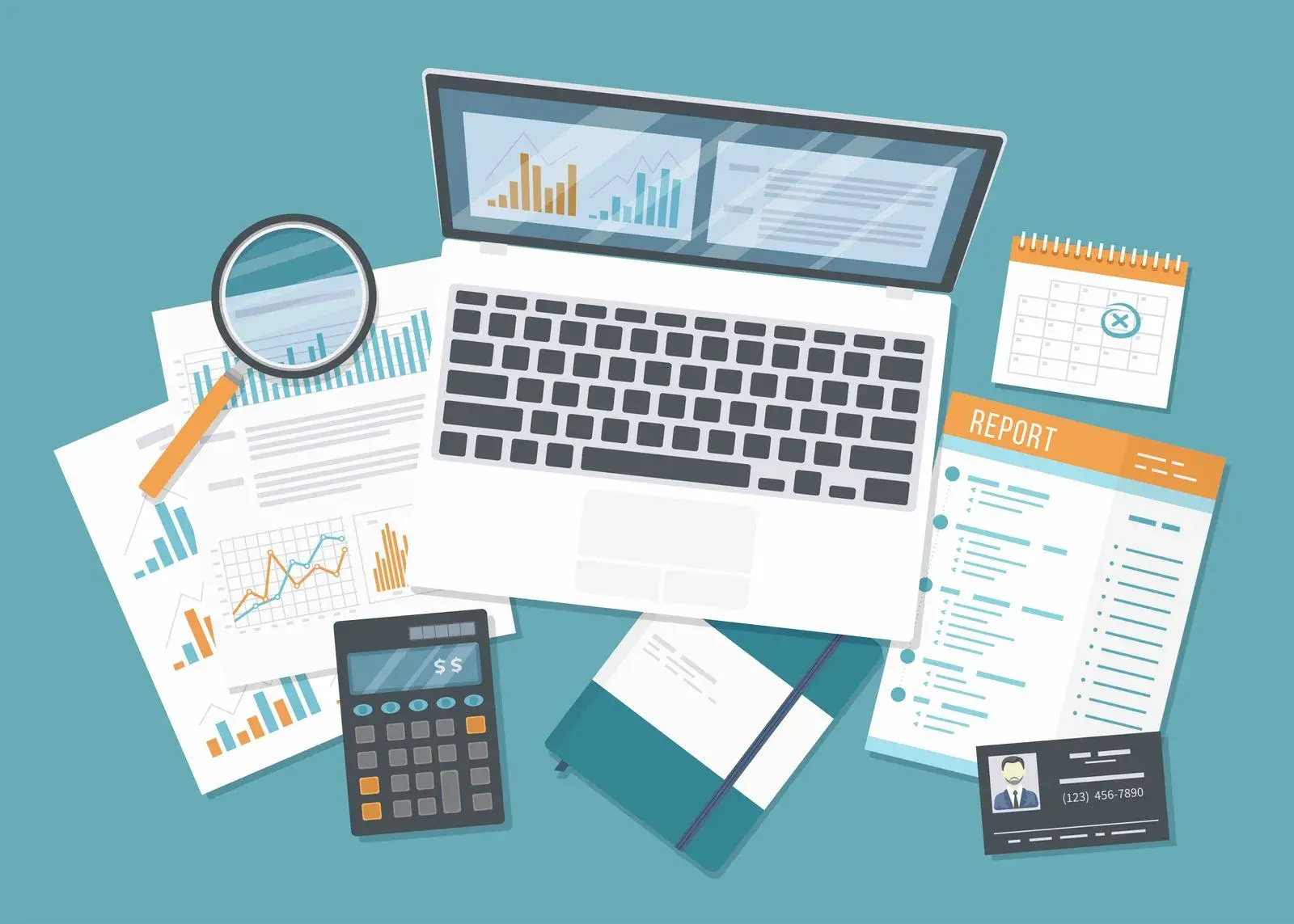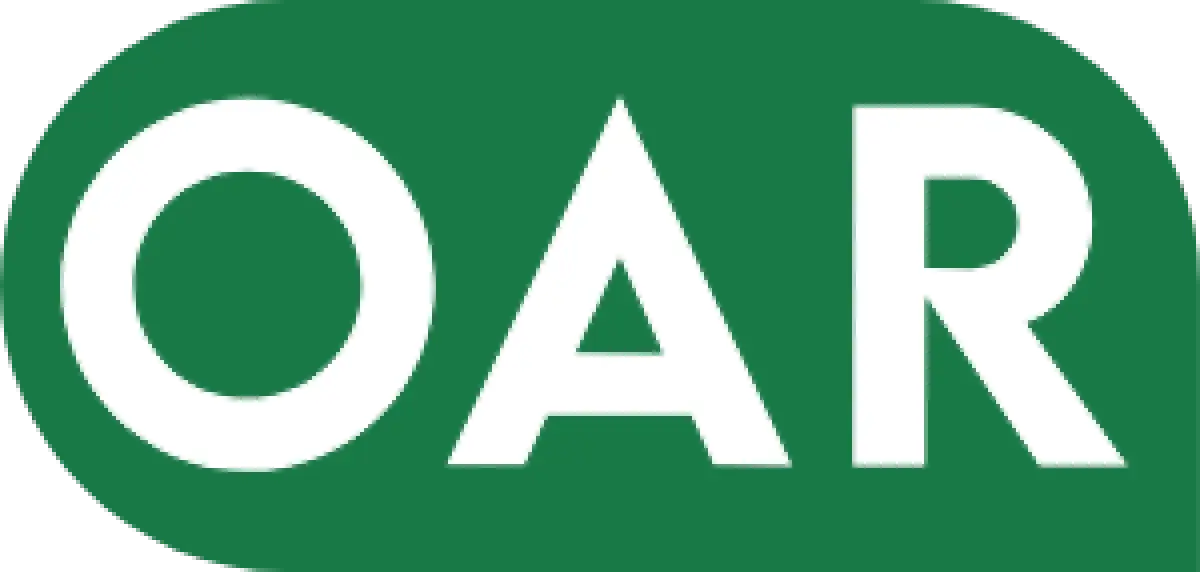How to Master Accounts Receivable Management
Feb 13, 2024

It involves ensuring the timely collection of payments owed to the business while maintaining positive relationships with clients. Effective accounts receivable management involves various tasks, including invoicing, credit evaluation, payment tracking, and collections.
Read the full article to understand receivables better and implement strategies to expedite payment, improve cash flow, reduce the risk of bad debt, and enhance overall financial stability.
Accounts Receivable Management Process
Managing accounts receivable involves monitoring and securing customer payments after orders have been placed. Effectively handling accounts receivable is essential for cash flow, representing income you’ve generated but not yet received. It’s an asset listed on your balance sheet that you aim to convert into cash quickly.
While the exact process may differ across businesses, the essence of every organisation's accounts receivable process lies in billing and payment collection. The typical accounts receivable management process goes like this:
- The accounts receivable process begins when a customer places an order.
- Since many businesses operate on credit, evaluating a customer's creditworthiness beforehand is crucial. If they don't meet standards, upfront payment may be required.
- After credit approval, the company sends an invoice to the customer outlining the provided products or services, payment terms, and due date.
- The company monitors collections for late payments, proactively tracks payment schedules, sends reminders, and communicates to ensure timely payments and healthy cash flow.
- The company addresses disputes promptly. When issues arise, it investigates and resolves discrepancies and ensures accurate invoicing, avoiding payment delays.
- Upon receipt, the company processes payments, verifying their authenticity and accuracy. Payments are matched with corresponding invoices, updating records and customer balances in real time.
Metrics Used in Accounts Receivable Management
Metrics utilised in accounts receivable management are the indicators of financial health.
They are employed to assess the efficiency of accounts receivable processes.
- Days Sales Outstanding
Days Sales Outstanding (DSO) is a critical metric in evaluating the average time to collect receivables. In short, DSO measures how fast your company collects payments. It's a vital metric to share with investors, demonstrating that you are building a profitable, cash-focused business. A high DSO means slow payments, while a low one indicates a steady cash flow.
- Turnover Ratio
Your turnover ratio assesses how frequently your team collects accounts annually. It's computed by dividing credit sales by outstanding accounts. A high ratio signifies efficient and regular collections, whereas a low ratio suggests room for improvement. It might be wise to reassess credit or collections policies.
- Collections Effectiveness Index
While the turnover ratio indicates the frequency of collections, the Collection Effectiveness Index (CEI) reveals the percentage of accounts receivable collected during a specified period, typically one year. A high CEI near 100% signals effective collection, while a low CEI prompts investigation into issues like staffing or technology.
- Average Days Delinquent
Average days delinquent measures the typical payment delay, showing the average time between invoice due dates and actual payments. It helps identify consistently late-paying clients across the client database or at the account level. Usually analysed alongside metrics like DSO, it provides insights into collection effectiveness over time, although changes in payment terms or other factors can impact their correlation.
Improve Your Accounts Receivable Management Metrics With OAR
Why Does A/R Management Matter?
Managing receivables is a crucial part of running a business. Effective accounts receivable management ensures timely collection of payments, maintaining healthy cash flow for businesses. It enhances financial stability by reducing outstanding debts and minimising the risk of bad debt write-offs.
Proper A/R management fosters strong client relationships through consistent and transparent invoicing and payment processes. It facilitates accurate forecasting and budgeting by providing insights into future revenue streams and potential cash flow fluctuations.
Finally, robust A/R management is integral to a business's overall financial health and success, promoting sustainability and growth.
Common Challenges of Accounts Receivable Management
Each business is unique, with challenges influenced by industry, size, location, and company culture. Nevertheless, there are standard challenges in accounts receivable management that most businesses should consider.
- Late Payments
One common challenge in accounts receivable management is late customer payments, which can disrupt cash flow and hinder financial planning. Numerous factors contribute to customers' late payments, with a significant one being limited payment options offered by companies, prolonging the payment process.
Simplifying the customer payment process can expedite transactions and ensure timely payments, benefiting both parties. This streamlined approach accelerates funds reaching your account and enhances the customer experience by avoiding confusion associated with diverse interfaces.
- Inaccurate Invoicing
Mistakes within invoices, such as inaccurate billing figures or omitted details, may result in delayed payments or disputes between businesses and their clients. Regular invoicing mistakes can erode customers' trust in your company's efficiency.
Inaccuracies in invoices are common, especially in manual invoice processing systems, which are prone to errors due to high daily invoice volumes. The delay is amplified for businesses that continue to rely on conventional mail for invoicing, subsequently extending the Days Sales Outstanding (DSO).
- Uncollectible Debts
Accounts receivable departments encounter difficulties with unpaid debts from customers or clients that become improbable or impossible to recover. Companies should adopt credit risk evaluation methods to mitigate losses, define explicit credit policies, and involve third-party collectors when needed. They can also set aside reserves for doubtful accounts to improve the accuracy of their financial statements.
- Poor Communication With Customers
Customer communication issues are another challenge in accounts receivable management, leading to payment delays and invoice disputes due to unclear practices, inadequate follow-up, and ineffective channels. To improve, businesses should clarify invoicing, follow up on payments, update customer data, and use modern communication methods. This helps strengthen relationships and streamline payments.
Trust Your Accounts Receivable Management to Experts
A/R Management Best Practices
Effective A/R management demands continuous attention and knowledge of the best practices, whether for small businesses or large corporations. Below, we've highlighted the 5 key areas to optimise your organization's A/R process, balancing profitability with efficient customer relationship management.
- A crucial aspect of A/R management is setting clear payment terms with customers, which should be communicated and documented before purchases. These terms encompass the due date, early payment discounts, and penalties for late payments.
- After setting payment terms, monitoring invoices for timely payments is vital. While manual tracking is an option, many companies opt for accounting software to automate tracking of invoice dispatch, due dates, and matching payments to outstanding invoices.
- To ensure timely payments, companies utilise reminders like monthly statements, automated alerts, and direct communication after deadlines. Delinquent accounts may be referred to collections in extreme cases, reinforcing payment policies and seriousness about collections through consistent follow-up.
- When handling customer payments, promptly address disputes to find a resolution. This involves researching the purchase and payment terms, checking for misapplied payments, or discussing with the customer to understand their concerns. Professional and prompt dispute resolution usually leads to a mutually agreeable solution.
- Offering diverse payment options to customers enhances convenience and expedites payment processes. Standard options encompass debit/credit cards, checks, and third-party platforms like PayPal, potentially including ACH payments via accounting software.
Many businesses outsource their accounts receivable for various reasons, including reduced expenses, increased productivity, and access to specialised expertise.
Contact Our Accounts Receivable Management Experts Today
 Author: Giles Goodman, Commercial Intervention Officer OAR
Author: Giles Goodman, Commercial Intervention Officer OAR
Giles Goodman is the definitive expert in cross-border commercial debt collection, mediation, legal recovery, and accounts receivable. Based in London, his 25 years of experience provide a global perspective on preventing defaults and efficiently managing overdue accounts. Giles’s insights and analyses empower business owners worldwide with strategic approaches to financial management and recovery.

Take control of your cash flow.
Streamline Vendor Onboarding & Boost Payments Worldwide.
Contact Us
OAR | Copyright 2025


